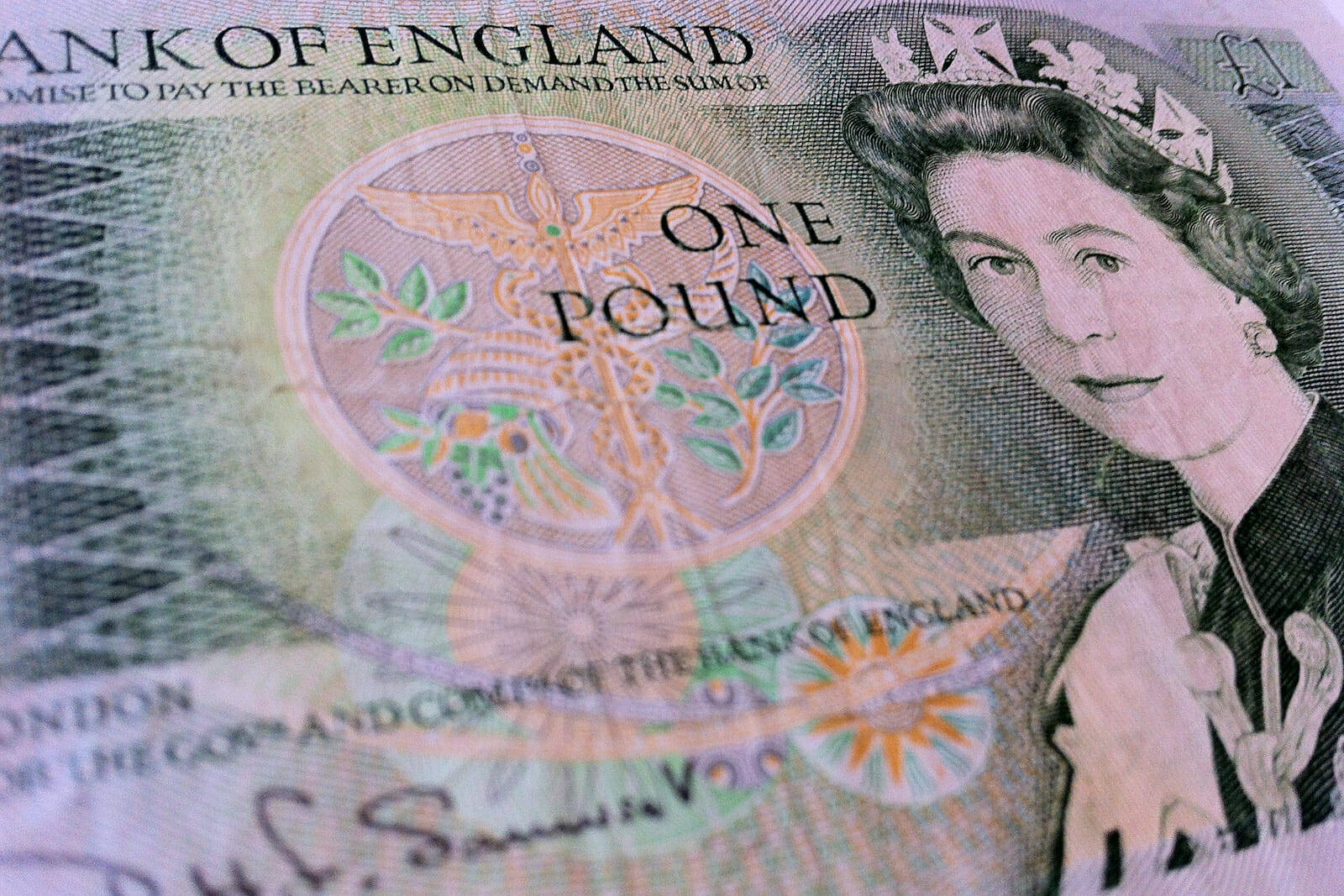
Culture
How Banknotes Preserve National Identity
Countries are not just limited areas, they are places that unite many people. One way or another, every resident of any country identifies himself with the state. Such self-determination cannot exist without symbols. They take different forms in different states, but several are common to any country in the world. These are flags, anthems and national currencies.
Everything seems simple with a flag and anthem. We can wave a flag, plant it on conquered territory or hoist it over the roof of a government building. A national anthem can be sung in case of victory and at solemn meetings. But what about currency? It’s just a means of payment, which we pass from hand to hand. Often, banknotes of one country can be found in another – for example, you can easily pay with dollars in some regions of Turkey. So, can we consider national currency a symbol of a state after all?
Hans de Heij, project manager in the cash policy division of Dutch central bank DNB, states: “A banknote is the ambassador of the country and the culture it represents. The banknote is the front or show piece of a nation, often referred to as the calling card or business card function.”
Indeed, any banknote of any state pictures people, events or items that the country considers to be important. Take, for example, Jane Austen on the new £10 banknote in the UK. The Bank of England’s governor, Mark Carney, offered a simple explanation about this choice: “Our banknotes serve as repositories of the country’s collective memory, promoting awareness of the UK’s glorious history and highlighting the contributions of its greatest citizens.”
The most striking example is the Confederate States dollar, put into circulation by the rebellious southern states in the United States during the Civil War. After the outbreak of the first hostilities, the southern states that formed the Confederacy, refused the money issued by the US federal government and private banks. Instead, they introduced a new currency under the old name.
The Confederate States dollars were not only numismatic figures, but also means of propagating the values and lifestyles of southerners, including slavery. Incredibly, the banknotes actually became leaflet propaganda – just like those aerial leaflets used during the World War I and the World War II. The only difference was that the distribution of “cash” leaflets was much simpler and more effective.
It turns out that banknotes play a special role in national identity and since this is a symbol of state, it must be based on the fundamental distinctive features of a country. Richard K. Adams, researcher and author of “The Design and Printing of Bank Notes,” believes that the design of a banknote is critically important not only for banks, but also for ordinary people: “The design of a national currency is important for many reasons, ranging from the philosophical to the pragmatic. Those in charge of designing a new currency must realize that many people see the national currency as a symbol of national independence or a reflection of their political philosophy.”
Not only theorists but also those, who are directly involved in the design of banknotes, agree with this statement. Thomas Savare, CEO of the French security printer Oberthur Fiduciaire, reveals the secret of a successful bill design. “As a French company, and a century-old one too, we know the amount of history, culture and patriotic feeling people and governments put into their bills. To create a good banknote, we must be capable of identifying what nations are the proudest of and attached to, and then represent it beautifully on the currency.”
Each client is unique, and each set of banknotes that Oberthur Fiduciaire produces must therefore be so as well. That is why the “design and creation team gets a lot of time, space and R&D budget.”
In a general sense, money still means power and success. A precise symbol of wealth, however, can be changed at any time. It was a chest full of gold coins only a century ago, and now a rich man is someone who is awash in bitcoins or carries a gold credit card.
However, neither cryptocurrencies nor a bank account will ever be able to reproduce the meaning that the national currency carries in itself. They cannot be tied to history, to the cultural values of the country. Their only meaning is the accumulation of wealth. Many business representatives and experts, like Visa or Kenneth Rogoff, propose “ditching” paper money. But, are we really ready to give up one of the state symbols, which carries deep historical and cultural meanings, in favor of the banal picture of a stuffed wallet?

